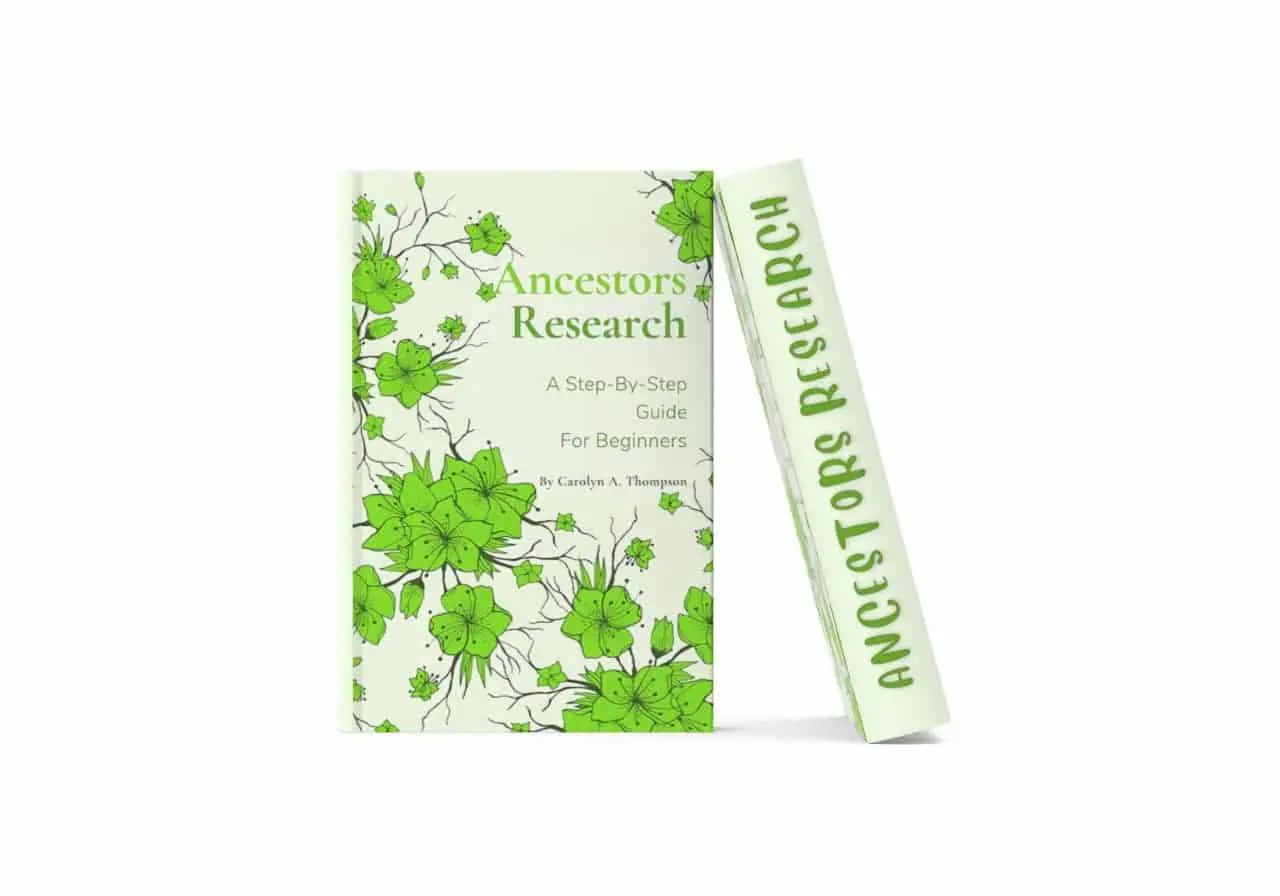Is the census useful in genealogical research?
The first United States Census took place in 1790, and the first recording of African Americans didn’t occur for 80 years until 1870. In conducting research into my ancestors’ lives, I discovered how important the census is for my research and the research of others looking for their ancestors.
I invite you to read my article, “Ancestors Research” for detailed instructions on finding ancestors.
The Census has provided a wealth of data for my research documenting my family history. The US Census has evolved with time by incorporating additional demographic questions such as age, gender, race, and income.
The Census Bureau has a 72-year restriction on the release of information to protect the confidentiality of the public. The 1940 Census Report was the last report available for the public to view until April 1, 2022. Listed below are the most recent release dates for the United States Census:

What’s On A Census Report
Each Census Report from 1790 to 1950 is summarized in the following section.
1790 | First United States Census
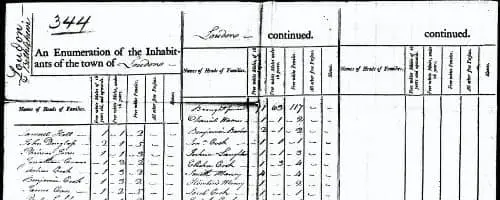
The following questions in 1790 were:
- Head of household’s Name
- Total Number of the following,
- Free White Male 16 years and older,
- White males free under 16
- Free white females
- All other free people
- The Enslaved
What’s On The Census Reports:
1800:
Tallies to categorize free white males and females by age group: under 10, under 15, under 25, under 45, and over 45. Additionally, Indians, slaves, and free blacks were all listed together, regardless of age.
1810:
Name of head of households; the number of free white males and females in age categories: 0 to 10, 10 to 16, 16 to 26, 26 to 45, and older; the number of other free persons except for Indians not taxed; the number of slaves; and the town or district and county of residence.
1820:
The census questions in 1820 were: the number of free white males aged 16 to 18; the number of people to be naturalized; the number of people engaged in agriculture, commerce, or manufacturing; the number of “colored” people (sometimes in age categories); and the number of other people, excluding Indians.
1830:
The Census records the name of the head of the household. And tallies for all other family members by age range, slaves owned, and free colored people.
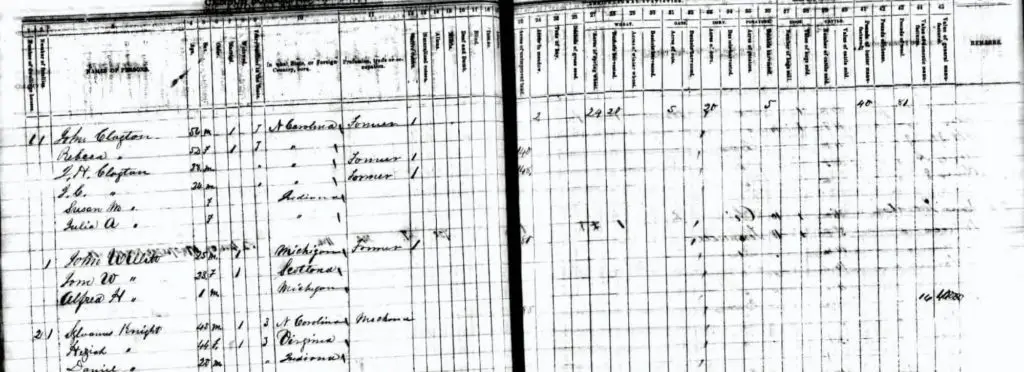
For the first time, enumerators used uniform printed schedules in 1830, marking the beginning of the modern era.
1840:
The table below lists the age categories for free white men and free white women in the 1840 census.
| 0 to 5 | 50 to 60 |
| 5 to 10 | 60 to 70 |
| 10 to 15 | 70 to 80 |
| 15 to 20 | 80 to 90 |
| 20 to 30 | 90 to 100 |
| 40 to 50 | Over 100 |
| 30 to 40 |
- Additional questions recorded
- The slave owner’s name and the number of slaves owned
- The category of slaves and free colored people by gender and age
- There is a category for foreigners who are not naturalized per household
- A category for the number of deaf, dumb, and blind
- Number of individuals employed in mining, agriculture, commerce, manufacturing, and trade, ocean navigation, canal, lake, and river navigation, educated professions, and engineers
- The number of students enrolled in school
- The number of adults over the age of twenty-one who are unable to read or write, as well as the number of insane
1850:
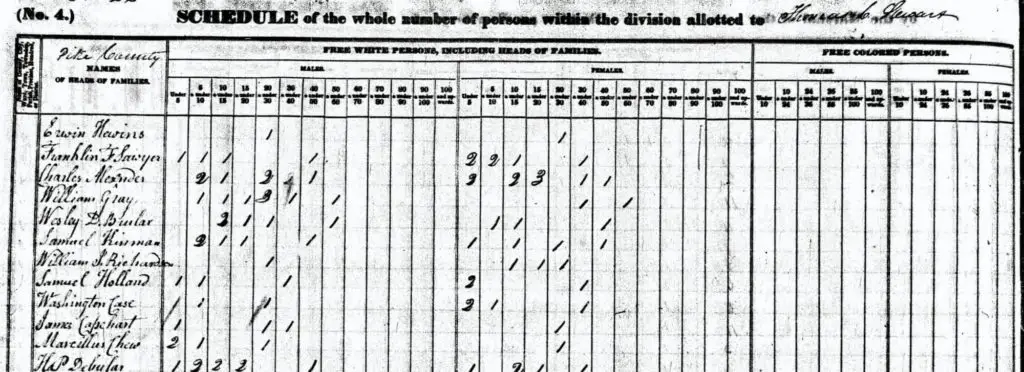
The enumeration of all household members first occurred in the year of 1850.
1860:
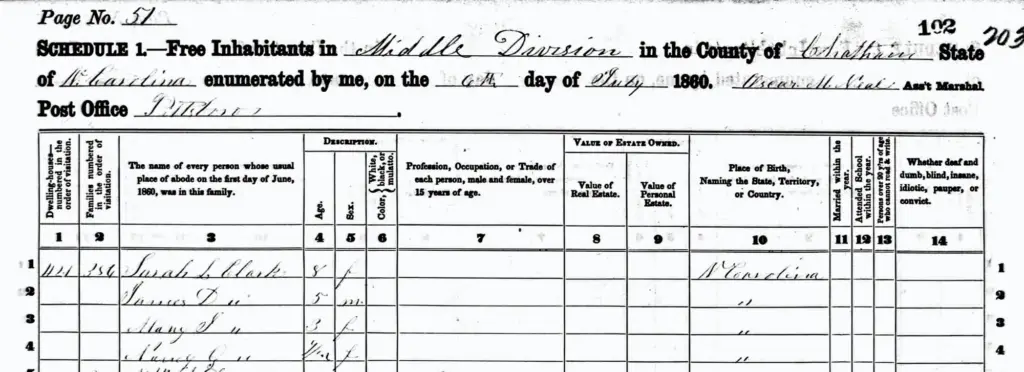
During the 1860 census, enumerators wanted to know the following things:
- Name
- Age by the day of the census day
- Gender,
- Race
- Color
- Birthplace
- Occupation of everyone over fifteen years old
- value of real estate
- If married within the previous year
- Deaf, dumb, blind, insane
- A pauper
- A convict
- Read and speak English
- Attended school within the previous year.
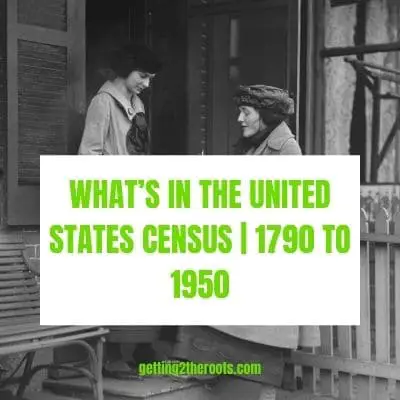
1870 First Time African Americans Recorded In Census
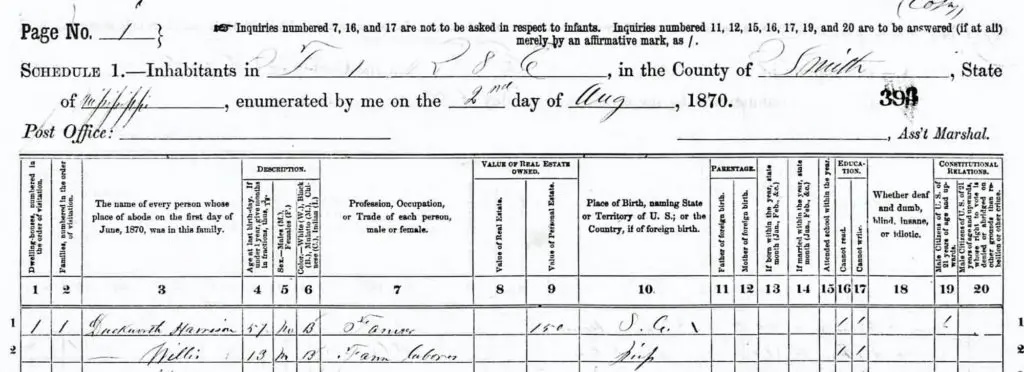
African Americans experienced the most horrific form of slavery known to man. Stripped away from them was everything they held dear, including their history, culture, name, religion, God, and language.
Even though the United States began recording the census in 1790, it would take another 80 years, until 1870, to record African Americans in the Census. If you are performing African American genealogical research, records before 1870 are difficult to locate.
1880:
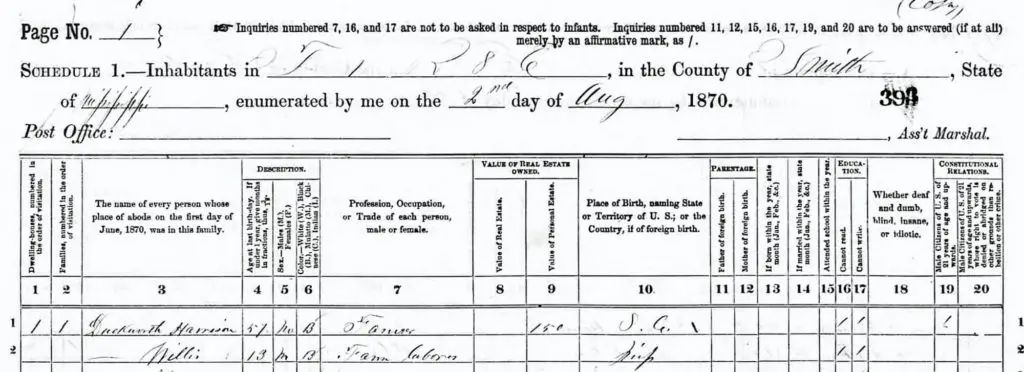
For the first time, the 1880 census included a question about each individual’s relationship to the family head of household.
1890 Census Destroyed
The United States Census used an electric tabulating system for the first time in 1890. These were the questions asked on the 1890 census report: farm and homeownership and debt added were questions about the names, units served in, length of service, and residences of surviving Union soldiers and sailors, and the names of those widows who died.
Another new question dealt with race, for the first time including Japanese as a category alongside Chinese, Negro, mulatto,” “quadroon,” “octoroon,” and “white.” Furthermore, regardless of the number of people in a household, each person had their sheet.
However, fire and water damage destroyed the majority of the 1890 census records, which is unfortunate for geological researchers. Alabama, the District of Columbia, Georgia, Illinois, Minnesota, New Jersey, New York, North Carolina, Ohio, South Dakota, and Texas all have records that have survived the fire and water damage.
1900:
The 1900 census included the following categories:
- Name, address, relationship to the head of household,
- Color, race, sex, month & year of birth, age at last birthday, marital status,
- Number of years married,
- Total number of children born of the mother, number of those children living,
- Places of birth of each individual and the parents of each individual if the individual was foreign-born,
- The year of immigration and the number of years in the United States;
- If the individual was foreign-born, the year of immigration and the number of years spent in the United States; citizenship status of foreign-born individuals over the age of twenty-one;
- Occupation; ability to read, write, and speak English;
- Whether the house had been owned or rented;
- Whether it was on a farm; and whether it was mortgaged.
1910:
The 1910 Census questions were a duplicate of the 1900 questions but with an added question about the nationality or mother tongue of foreign-born people and their parents and the number of marriages for everyone.
1920:
The questionnaire for the 1920 census reassembles the previous census, except for the residence categories. This category lists the residence where an individual slept most nights. Also, individuals with no address were in a category where they were sleeping at the time of the recording.
The 1920 census excluded the following questions: unemployment on the day of the census, nor did it ask about service in the Union or Confederate army or navy, the number of children born, or how long a couple had been married were also omitted. Along with demographic information, the 1920 census gathered the following statistics: agribusiness, manufacturing, product quantity and value, and distribution.
1930:
The population questionnaire for the 1930 census was essentially the same as it had been for the 1910 and 1920 censuses. The key difference, though, was the categorization of race.
1940 Census
The 1940 Census is the final report accessible for public viewing until April 1, 2022, when the 1950 Census will be released. The 1940 census was comparable to the previous one. However, the 1940 census includes numerous additional questions, such as instructing the enumerator to record a (a circled x) following the name of the individual providing information about the family.

1950 Census | Recent Release
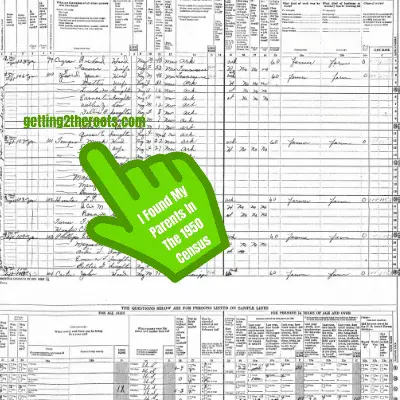
The differences between the 1940 and 1950 Census reports are minor. At the bottom of the census form, additional information, such as residence, education, and income, is provided for each individual whose name appears on the highlighted line.
Conclusion
Although the creation of the census was for governmental purposes and not for genealogical research, it is a wonderful tool for discovering information about your ancestors. Let’s make sure we fill out the Census Form when it is time, every ten years.
Do you believe the US Census is relevant for you and your family?









